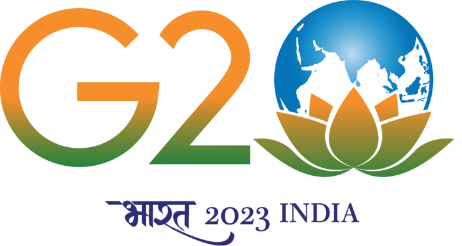Bacterial migration in porous media and biofilm
தேதி23rd Nov 2022
Time04:00 PM
Venue MSB 241
PAST EVENT
Details
Many microbial processes are sustained in natural habitats such as soil, biofilms, tissue, etc. The bacterial habitats are either fluid-filled porous media or biofilm on hydrated surfaces in all these processes. The control and manipulation of bacterial movement and biofilm growth would be beneficial for the effective utilization of bacteria and for preventing the infections caused by them.
In this work, we first investigate biofilm growth on a solid substrate. We consider biofilm as a mixture of three viscous fluids. These phases comprise the cell phase, which consists of active cells, an extracellular matrix (ECM) that includes biomass secreted by microbes. The aqueous phase consists of nutrients are dissolved in it. We introduce thin-film approximation to simplify our model, as the characteristic biofilm height is much smaller than the biofilm's radius. We plotted the solution profiles of biofilm height, volume fractions, and nutrient profiles as symmetric numerical solutions. We observed that the factors that increase cell and ECM growth, cause faster expansion because they increase the quantity of biomass. In contrast, increased surface tension forces, redistribute biomass radially. The multiphase approach presented here is rigorous and may help to address pattern formation in microbial colonies.
Bacterial migration in porous media is different, and its mechanism gets altered dramatically. We want to analyse the bacterial migration in disordered porous media. In complex media, bacteria exhibit subdiffusion, and its growth is governed by autocatalytic kinetics. We want to study how subdiffusion affects the stability of an autocatalytic system. In the second part of this work, we investigated the effect of subdiffusion on the stability of the steady-states of the system. Critical surfaces are identified across which the bifurcation diagrams vary. We also developed a methodology to determine regions where spatial patterns are observed in parameter space. The behaviour in the different regions is verified by a robust implicit numerical method developed for nonlinear systems based on the L1 scheme. We find that subdiffusive effects increase the system's dynamic stability region.
Speakers
Mr. Uttam Kumar (CH18D010)
Department of Chemical Engineering

